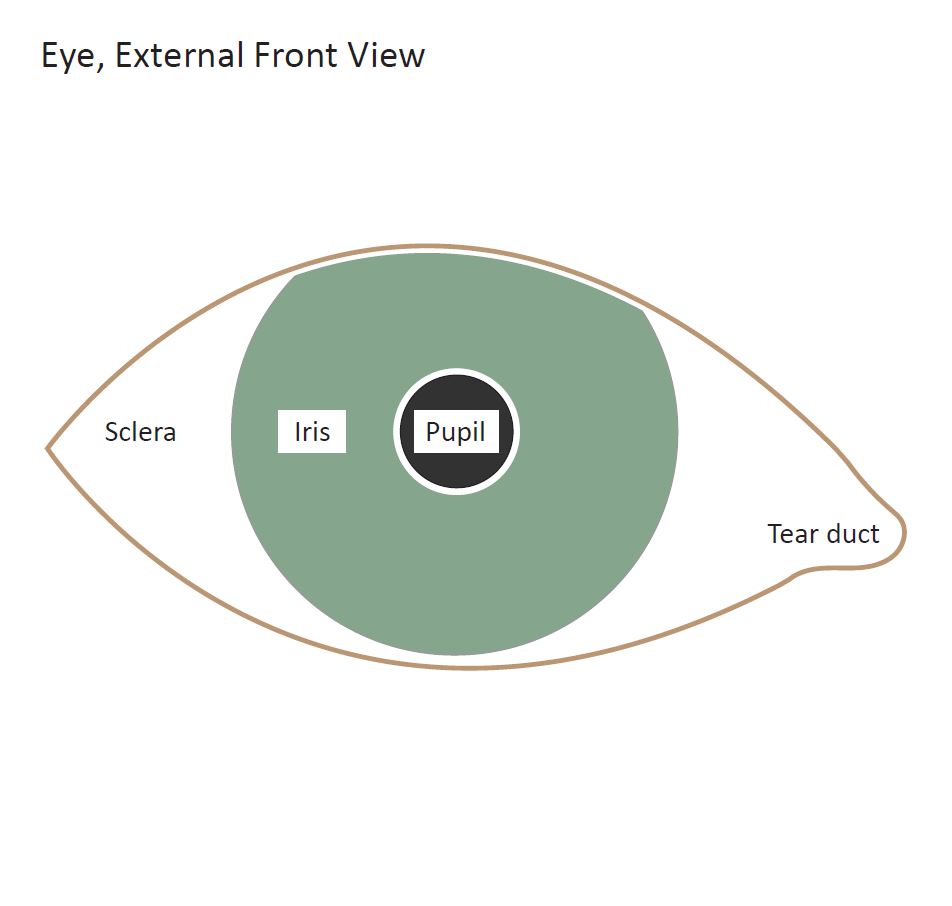Vision
Resources related to vision
curated by Charles LaPierre
Resources 12
-
Eye, External Front View
-
 Image
Image
-
 Text Document
Text Document
-
 PDF
PDF
-
 2.5D Tactile Graphic
2.5D Tactile Graphic
Diagram of the external view of a human eye. Design modalities for the image include braille with and without labels, print with and without labels in greyscale, color, and texture.
(Source: Benetech)
-
-
The Eye
-
 Video
Video

The eye is one of each human's major sense organs. It gathers light information and transforms it into a signal that is used by the brain to formulate an appropriate response. How does this process work? What are the structures involved, and what do they do? These questions are answered using a unique, integrated approach that combines the anatomy and function of the eye. Includes detailed footage of the dissection of the bovine eye.
(Source: DCMP)
-
-
Eyeball
-
 Image
Image
-
 PDF
PDF
-
 Text Document
Text Document

Braille labelled diagram showing the parts of an eye.
(Source: APH)
-
-
Eyes
-
 Video
Video
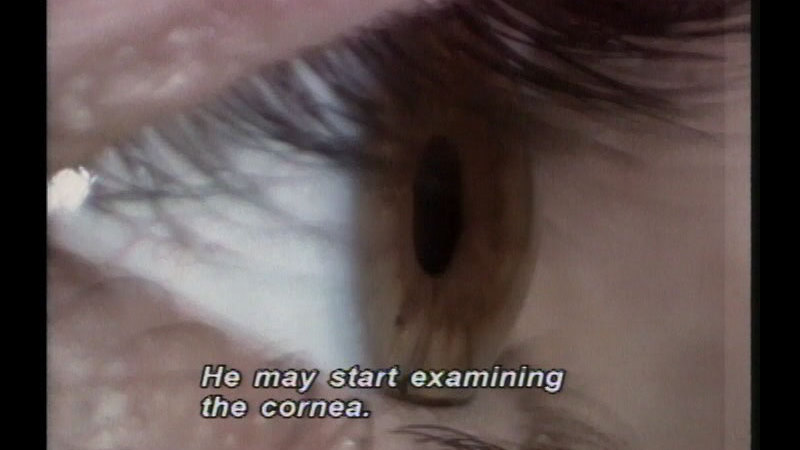
Explains the names and functions of different parts of the human eye. Shows how the eyes and brain work together to see color and light. Tells how tears help keep eyes clean and healthy. Describes ways that a person's age affects their sight.
(Source: DCMP)
-
-
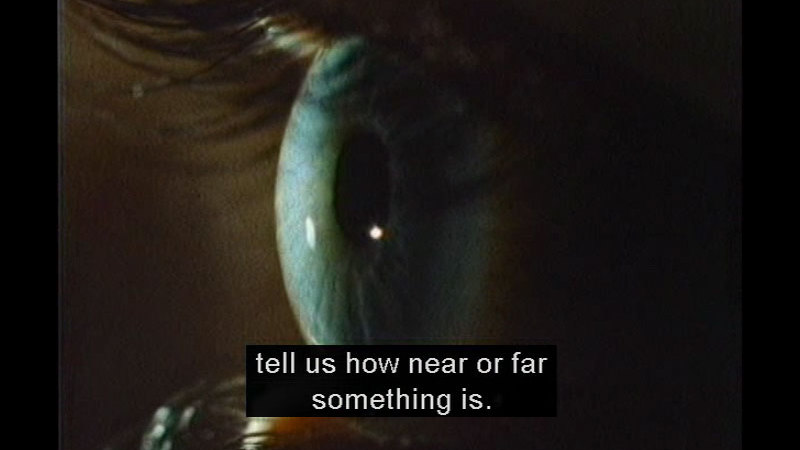
This program is devoted to the senses that bring information of more distant events. The camera shows a reckless driver careening down a road—and then takes the viewer inside his eye, where the image of the potential crash site is pictured. The camera enters the ear, showing how the linked bones vibrate in response to a sound, and by using a computer graphic sequence, shows how the eye focuses on an image.
(Source: DCMP)
-

Explores how eyes work and how eyes help us understand the world. Explains how safe behaviors and healthy habits can prevent illness and injury to eyes. Discusses what to expect from an eye examination and other eye tests. Talks about how visually impaired children walk with a white cane and read Braille.
(Source: DCMP)
-
I Hear With My Eyes
-
 Video
Video
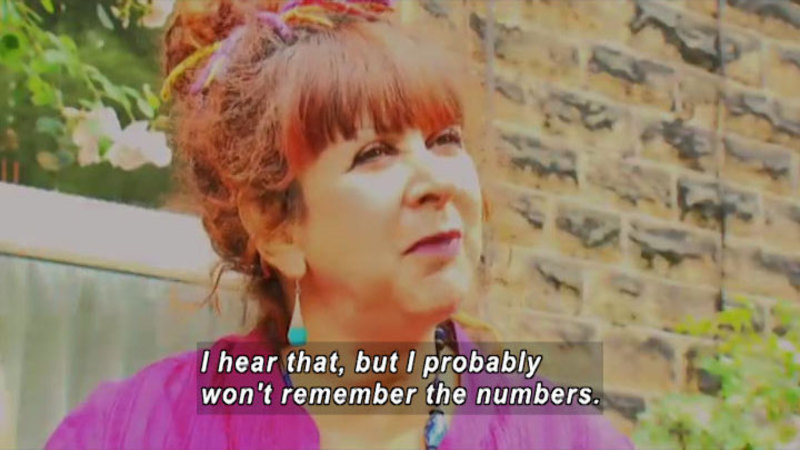
Julie loves the glorious colors associated with the sound of a rooster crowing, while Mandi remembers phone numbers by their hues. Until John read a newspaper article about synesthesia in later life, he thought that everyone saw the days of the week as various shades of blue. In this program, people with synesthesia describe their experiences and perceptions, as well as the benefits and drawbacks of having a condition in which the barriers between the senses are dissolved.
(Source: DCMP)
-
-
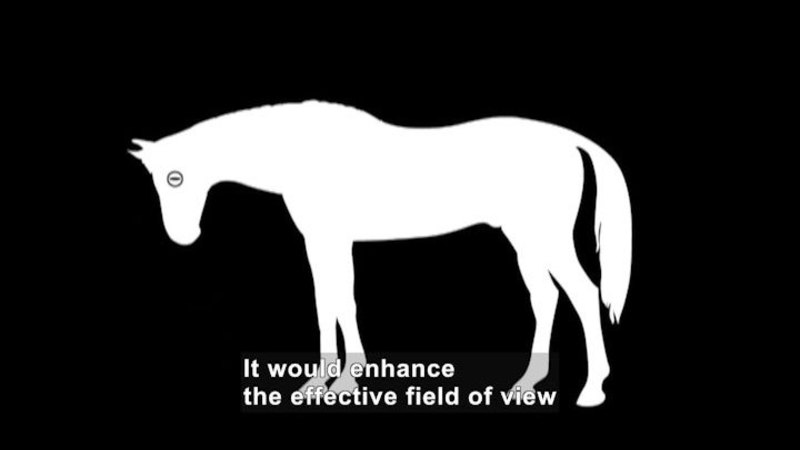
New research led by scientists at the University of California, Berkeley, suggests that the shape of some animals' pupils could reveal whether one is hunter or hunted. An analysis of 214 species of land animals shows that a creature's ecological niche is a strong predictor of pupil shape. Species with pupils that are vertical slits are more likely to be ambush predators that are active both day and night. In contrast, those with horizontally elongated pupils are extremely likely to be plant-eating prey species with eyes on the sides of their heads.
(Source: DCMP)
-

Cell regeneration, cloning, prosthesis, electronic devices in the human body, bionic eyes and hands, are current technologies developed in favor of improving rehabilitation and quality of life. Nerdo Cavernas reveals the technology being used to enhance and improve rehabilitation.
(Source: DCMP)
-
Flying People
-
 Video
Video
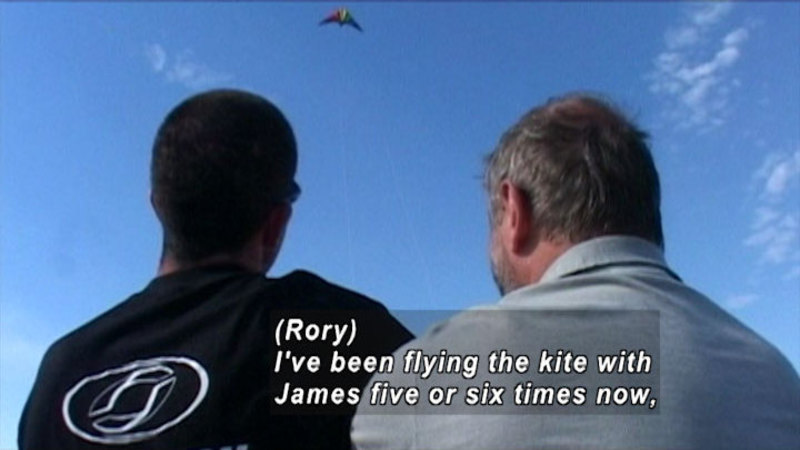
I think what your eyesight does is confirm other senses, says James Robertshaw, a world champion kite flyer and for two years personal assistant to Rory Heap. Heap has been blind from birth, but with Robertshaw's assistance pursues his ambition for kite flying--particularly of complicated figure eight patterns. Using all of his senses except for sight, Heap learns how to fly a kite with the same dexterity that Robertshaw uses to guide him through busy city streets.
(Source: DCMP)
-
-
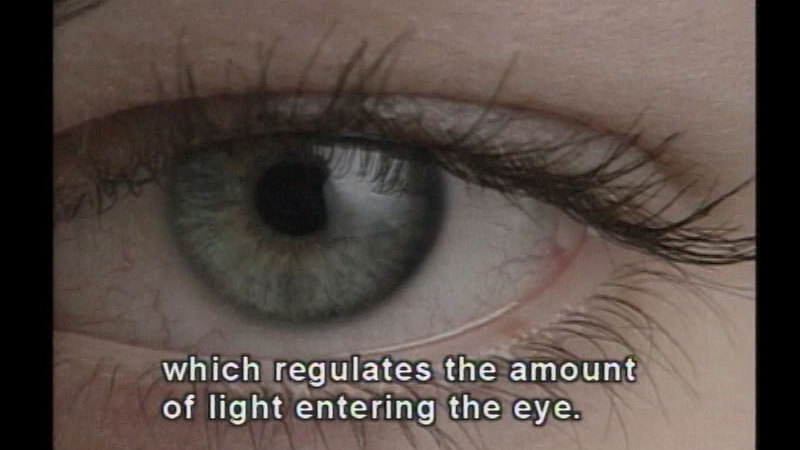
Presents three key biological concepts about sensory responses and tropisms: the eye, nervous system responses, and plant tropisms. Each concept is illustrated with a variety of experiments and computer animation to illuminate what is happening both visibly and at the molecular level. NOTE: Dissects a horse's eye to identify functions of each part.
(Source: DCMP)
-
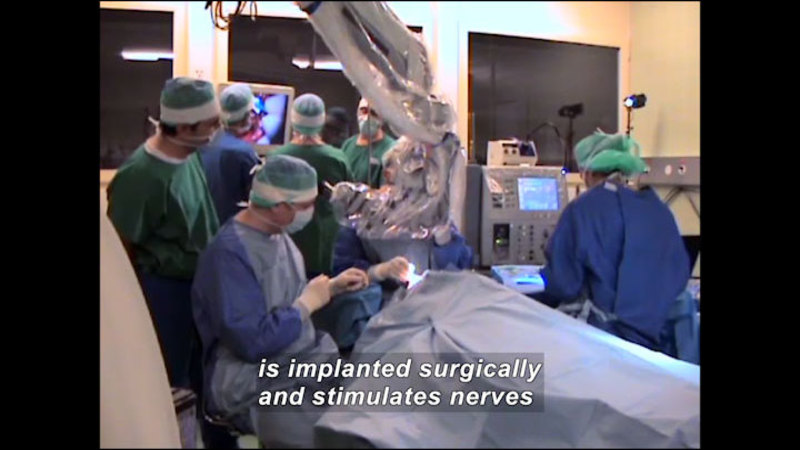
Kathy Blake is blind but two years ago she got a glimmer of hope. She heard about an artificial retina being developed by a company called Second Sight and the Doheny Eye Institute in Los Angeles. It was experimental, but Kathy was the perfect candidate. With funding from the National Science Foundation, a camera is built into a pair of glasses, sending radio signals to a tiny chip in the back of the retina. The chip, small enough to fit on a fingertip, is implanted surgically and stimulates nerves that lead to the vision center of the brain.
(Source: DCMP)

